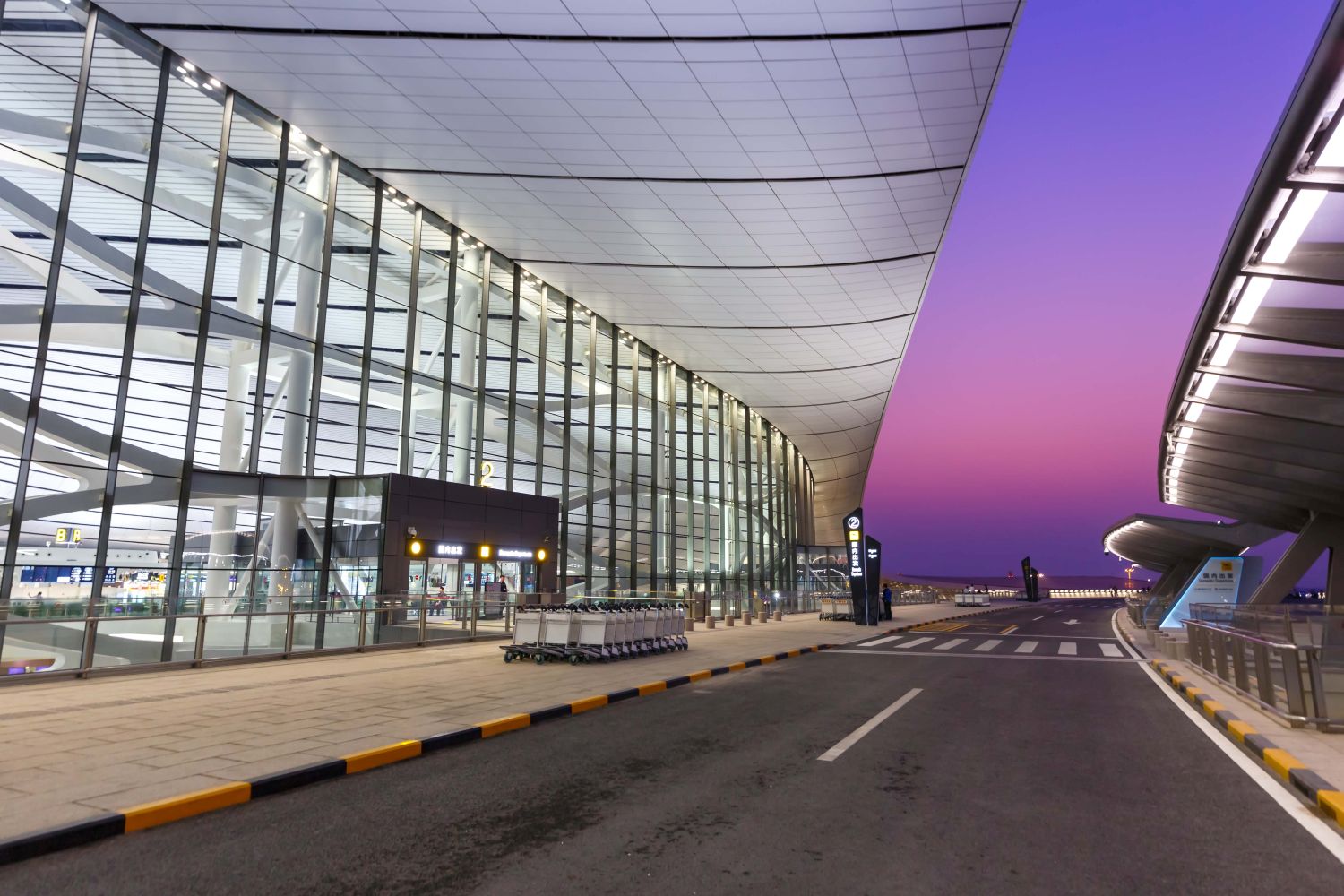The rise of parametric design in modern architecture
Parametric design has emerged as a transformative force in modern architecture, revolutionising the way buildings are conceived, designed and constructed. It works using computational algorithms and data-driven processes, allowing architects to create complex, adaptive and highly efficient structures that were once unimaginable. In simplistic terms parametric design is a methodology that utilises algorithmic thinking to define a set of parameters and rules that govern the relationships between design elements. By adjusting these parameters, architects can generate a multitude of variations, enabling a more dynamic and responsive design process – and it is all happening right now writes John Ridgeway.
Parametric design is more than just a trend in architecture - it represents a fundamental movement in how buildings are conceptualised and realised. Instead of manually altering a plan each time there are variable changes, parametric design allows designers to input parameters, such as height, material type, or sunlight exposure and automatically generate multiple design iterations that meet those conditions. Think of it as designing not just a building, but a system that can design buildings based on contextual inputs.
This process is enabled by software tools that creates relationships between objects, so that if you change one element - say, the angle of sunlight - any related elements update automatically. This is a powerful feature when dealing with complex geometries or variable site conditions, that can help deliver enhanced creativity and innovation.
Parametric design encourages non-linear thinking. Instead of starting with a fixed idea of what a building should look like, designers can explore hundreds of variations driven by performance, form or even aesthetics. This expands creative boundaries, allowing architects to design free-flowing, organic, or biomimetic structures that are extremely difficult to draw by hand. Zaha Hadid Architects is one of the most prominent companies already using this to redefine architecture as sculpture, creating buildings that look alive and in motion – and they can point to some stunning examples of how parametric design works.
Expanding creative boundaries
The Beijing Daxing International Airport, (pictured) designed by Zaha Hadid Architects and ADP Ingénierie, was created using parametric modelling to optimise passenger flow, daylighting and structural geometry.

However, it is more than just high-profile projects. Sustainability is also incorporated into parametric workflows, allowing architects to simulate sun paths, wind patterns, thermal performance, rainwater flow and material usage – even before the first brick is laid. It also lets them minimise heat gain/loss, optimise natural ventilation, select materials with lower embodied carbon and reduce construction waste by precisely planning cuts and assemblies
The Al Bahar Towers in Abu Dhabi is another example of good parametric design. It has a dynamic façade that opens and closes based on sunlight intensity, automatically controlled by parametric algorithms, reducing cooling loads by over 50%.
In the past, “custom” meant “expensive.” With parametric tools, mass customisation becomes possible. A single design model can be adapted across hundreds of iterations - each tailored to different conditions. Parametric thinking is also ideal for modular or prefabricated systems, where building components must fit together across multiple units and configurations.
Another good example is BIG’s (Bjarke Ingels Group) LEGO House in Denmark, which uses parametric models to mimic LEGO brick stacking while ensuring structural integrity, daylight optimisation and functional layout planning.
The added bonus is that parametric design also integrates beautifully with Building Information Modelling (BIM), to ensure that every design parameter is linked to real-world data (materials, costs, thermal properties) as well as artificial intelligence (AI), which can help generate optimal design solutions based on site constraints.
Using digital twins, parametric models can become real-time simulations of buildings under construction or even after completion. The system is also compatible with robotic construction and 3D Printing. Machines can build directly from parametric models with little human intervention.
This was used in the DFAB House in Switzerland, a collaboration between ETH Zurich and several companies, using parametric models for robotically fabricated timber beams and 3D-printed formwork, a perfect showcase of what happens when algorithms meet automation.
But what about the challenges?
However, like any new methodology, parametric design is not without obstacles. Parametric tools require coding logic or visual programming, which can be intimidating for traditionally trained architects. Companies must also invest in upskilling their teams and hiring computational designers.
While parametric design can save time in the long run, the early stages involve a lot of testing and iteration. Smaller practices may struggle to afford the necessary software and training. Furthermore, engineers, fabricators and construction teams need to understand and trust parametric models, which may not always translate easily into traditional documentation.
However, these are growing pains. Universities and firms are increasingly incorporating parametric tools into their curricula and workflows.
This is because, parametric design is part of a broader evolution toward performance-based design, where aesthetics is guided by function, structures adapt to context, waste is minimised and efficiency is maximised. This paradigm shift is especially vital as we face global challenges such as the need for smart, efficient city design, the increasing demand for resilient, low-carbon structures and the need for adaptable, scalable housing solutions.
Looking ahead, the future of architecture lies in responsive design. Buildings will be smarter, integrating sensors and real-time data and more efficient and more human-centred - and parametric design will play a central role in making this future a reality.
Parametric design is not just a tool - it’s a new mindset. One where architecture becomes less about static drawings and more about dynamic systems. It’s already transforming the skylines of our cities and will continue to shape the built environment in ways that are sustainable, adaptable and deeply innovative.
By embracing this approach, architects and engineers can design with nature, think at scale, and respond to complexity with elegance and precision.
Additional Blogs

How construction can cut Its carbon footprint by caring for soil
Soil is often dismissed as mere dirt, but it is one of the planet’s most powerful carbon stores, holding more than all of the world’s forests combined. Yet in our rush to build, pave and develop, we...
Read moreWhat is bridging damp? How it happens and how to fix it
Bridging damp happens when moisture finds a path around the building’s damp-proof course (DPC) so it reaches your internal walls and skirting. If you see damp patches rising above the skirting or...
Read more

The silent death of the fixed-price contract
For decades, the fixed-price contract has been the backbone of construction procurement. It promised certainty with a defined scope, an agreed sum and a clear transfer of risk from client to...
Read more